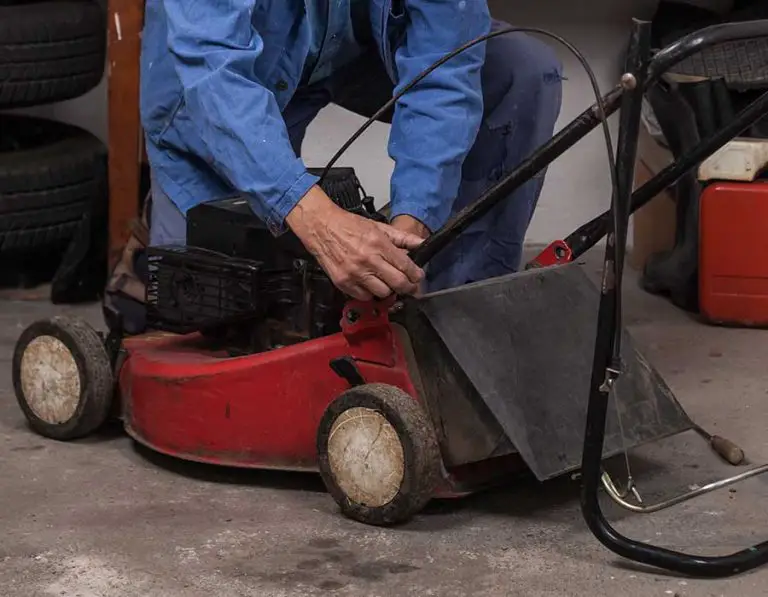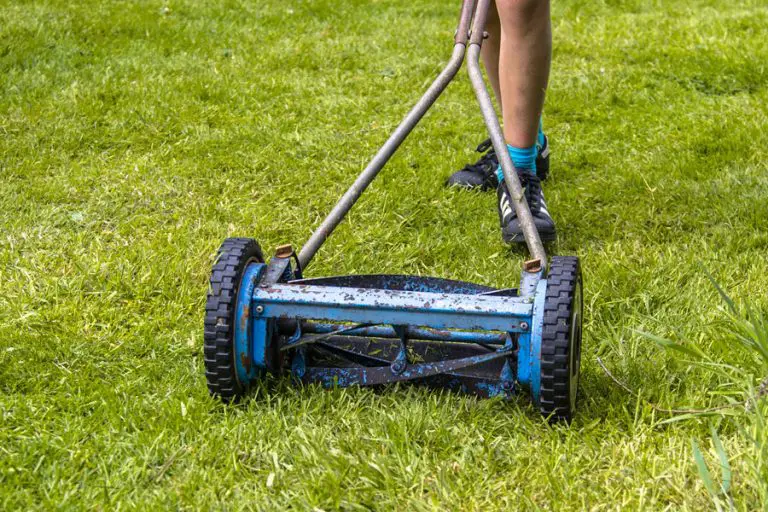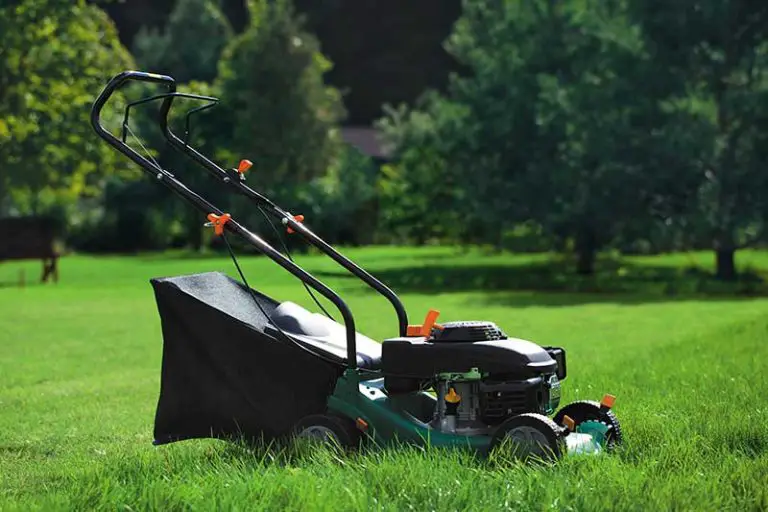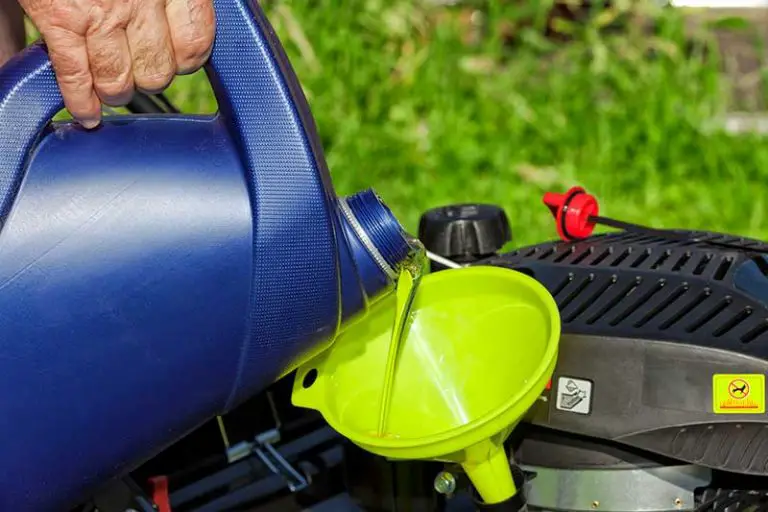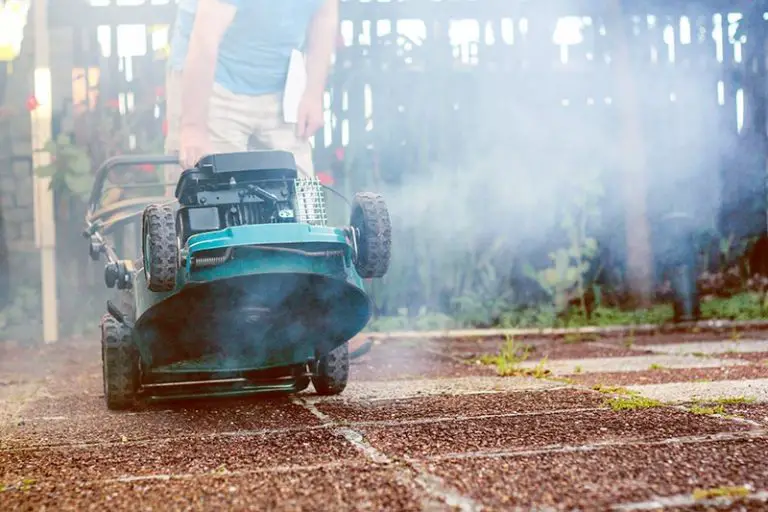What Does a Lawnmower Choke Do?
Do you know that using a choke can save your lawnmower from damage in the long run? Chokes play a vital role in any fuel-consuming engine. They are usually found in the various types of lawnmowers available. Read on to find out more.
The primary purpose of a lawnmower choke is to restrict airflow in a fuel combustion engine. It modulates the amount of air exchanged in the engine, allowing for more fuel than air to be used in the combustion process.
This improved combustion process makes it very easy for your lawnmower’s engine to ignite and start. While choke valves are essential, they should only be used when necessary as they can cause the machine more harm than good when they are utilized too frequently.
What Does a Lawnmower Choke Do?
If you’re a homeowner who mows your lawn, you will agree that the easy starting of your lawnmower’s engine is always a delight. You may not know about this smooth-running because the choke is very important. There are different types of chokes on different types of lawnmower engines. Some have automatic choke valves, while others have manual choke valves. Whichever type your machine has, its function is to manage the air to fuel ratio in the carburetor. All combustion engines have a choke valve, whether automatic or manual.
How Does It Work?
As previously mentioned, a choke valve works by restricting airflow into the lawnmower’s engine, allowing for more fuel to be used. For the lawnmower’s engine to start, the fuel and air in the fuel tank burn at a high temperature.
While most combustion engines have a choke, some have a primer bulb. It performs the same function as a choke by releasing more fuel into the engine for combustion.
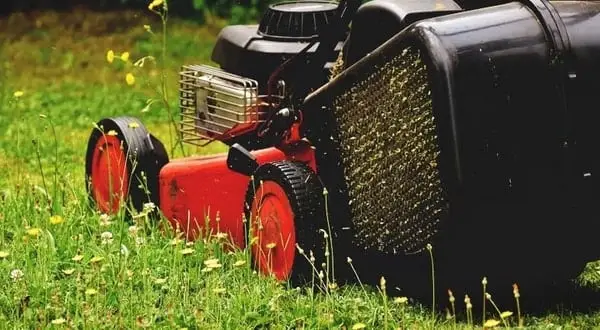
When the metal in the engine warms up, it burns fuel more readily than when it is cold. When your lawnmower hasn’t been active, the engine is excellent. Turning on the engine of a lawnmower when it’s still cool is referred to as a cold start.
Where Is the Choke Located?
The choke is usually a button or lever on the body of your lawnmower. It’s usually located on the left-hand side of the machine. However, this might differ in some models. Check close to the air intake, adjacent to the carburetor. If you’re still not sure about what you’ve found, all you need to do is follow the wire that leads the trigger to the engine. You’ll find your choke at the end. It is straightforward to use as pictures indicating the various airflow levels are usually pasted right above or below it. Use the picture as a guide – turn the lever up or down, or left or right. It depends on how it’s positioned on the mower. Over time, you get so used to it that you might not need to check the picture instruction to know where to move the valve.
Typically, the throttle should be closed when the engine starts cold and progressively opened after a few seconds. Leaving open or closing your engine’s choke will depend on your lawnmower.
What Happens If you Leave The Choke on?
Nothing good, that’s what. Once your mower has started and warmed up for a few seconds, turning off the choke is essential. If this isn’t done, it will consume more fuel within a shorter period, which could cause engine overheating. Also, leaving the choke on for an extended period on a machine that’s already running will result in your mower giving off black smoke from the exhaust, a sluggish performance, and a shortened mower lifespan. The following are some possibilities for why this can happen:
- Flooding
Flooding is one major problem choke systems have. Suppose the choke is left on after the engine has warmed up, even for a short period, more fuel than needed might get into the combustion chamber. As a result of this, the engine may stop running. Once the chamber has been flooded, draining the excess fuel can be daunting. Sometimes, if the choke has been left on for too long after the engine has started, it might be necessary to open up the engine and empty it to get it started. Also, a faulty choke could cause your combustion chamber to flood.
If the flooding of your engine isn’t severe, it could have an easy fix. Getting your lawnmower to come on when the engine is flooded is almost impossible. However, you’ll probably be able to get your engine to come on with this neat trick; instead of repeatedly pulling the chord with the choke fully open, pull it until your mower is on the verge of starting. If you feel your machine might begin on the next pull, move the choke till it’s half-open. This will allow airflow into the engine and prevent the likelihood of flooding.
- Clogged Carburetor
One significant side effect of flooding is a clogged carburetor. A sign of this is when your lawnmower starts when the choke is on but stops working when you put the choke off. This happens when there is debris from the excess fuel blocking the fuel lines in the carburetor. The only way to fix this is by cleaning or replacing it altogether.
Is My Lawnmower Choke Manual or Automatic?
We’ve established before that different lawnmowers have different types of chokes. The newer lawnmower models have automatic chokes, making it very easy to operate the machine. They are temperature sensitive and activate automatically at ignition. They’re called “automatic” because they open and close on their own as needed by the engine. For lawnmowers with manual chokes, you would need to shift a lever, switch, or button to operate them. While automatic chokes are getting increasingly popular among manufacturers and consumers alike, several people prefer to get lawnmower models with manual chokes.
How do you then tell if your lawnmower choke is manual or automatic? Before you purchase a lawnmower, you should make inquiries about the model and specifications of your machine. If it’s not a new lawnmower, or someone gave it to you, you can easily find out the type of choke it has by going through the manual or inspecting the body of your machine for any choke lever or button.
What Control Symbol Indicates the Choke?
The choke symbol is usually printed on stickers placed right where you can find the choke on a machine. This helps users quickly locate it. Manufacturers all around the world use different symbols to indicate the choke. However, there are a few that are widely used:
- Two lines can represent the choke with a propeller in it. When the choke is slanted, it’s closed, and when it’s upright, it’s open, allowing air to pass through.
- The Rabbit and Turtle duo is another representation of the choke on machines. The Rabbit represents that it’s open, while the turtle represents closed.
- Others don’t have symbols; instead, they’re labeled as opened/closed, on/off, and push/pull. There’s no need to be confused, as the choke sign on your mower model is appropriately explained in the user’s manual or guide. All you need to do is go through it.
Choke Maintenance
It’s not shocking that you need to regularly check your choke and perform maintenance on it. If this isn’t done, you’ll have issues with it in the long run. However, let’s talk about what to do when your choke lever breaks off.
Removing and replacing a choke lever is relatively easy and doesn’t require any tools. The lever fits into a hole on the machine, so all you have to do is screw it loose or pull it out of the holes. Make sure to replace the lever with a new one of the same type and size. Once this is done, your lawnmower is ready to be used again.
FAQS
Can I Operate a Lawnmower Without a Choke?
The answer to this is simply no. A Lawnmower, whether automatic or manual, can’t be operated without a choke. The choke is essential because it helps regulate the amount of air entering the carburetor and supplies more fuel into the fuel compartment for ignition.
Is There a Problem If My Lawnmower Only Runs on Full Choke?
Yes, this is a huge problem, and it does not bode well for your lawnmower. If your machine only runs on full choke, its fuel delivery system or carburetor is faulty. If your engine needs the choke for more than 4 minutes to stay on, there’s a problem somewhere.

